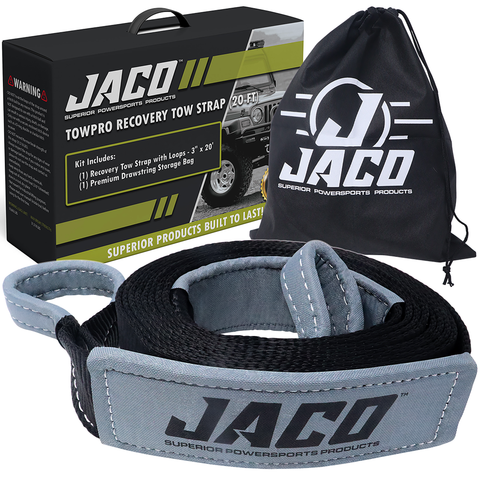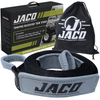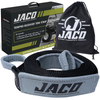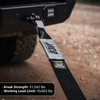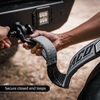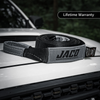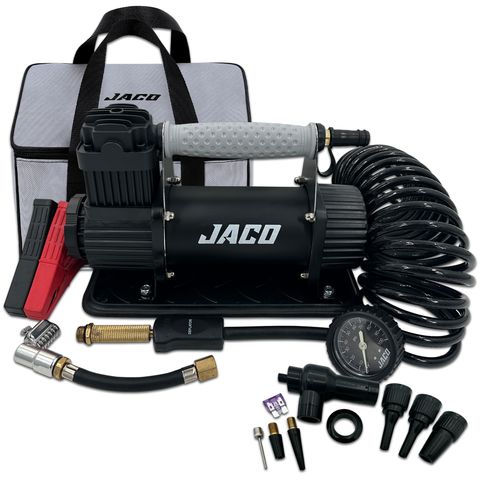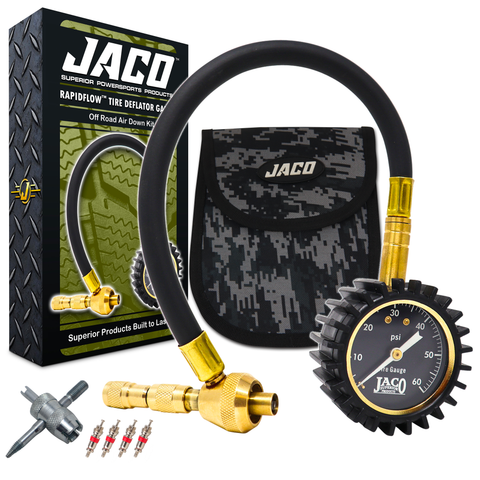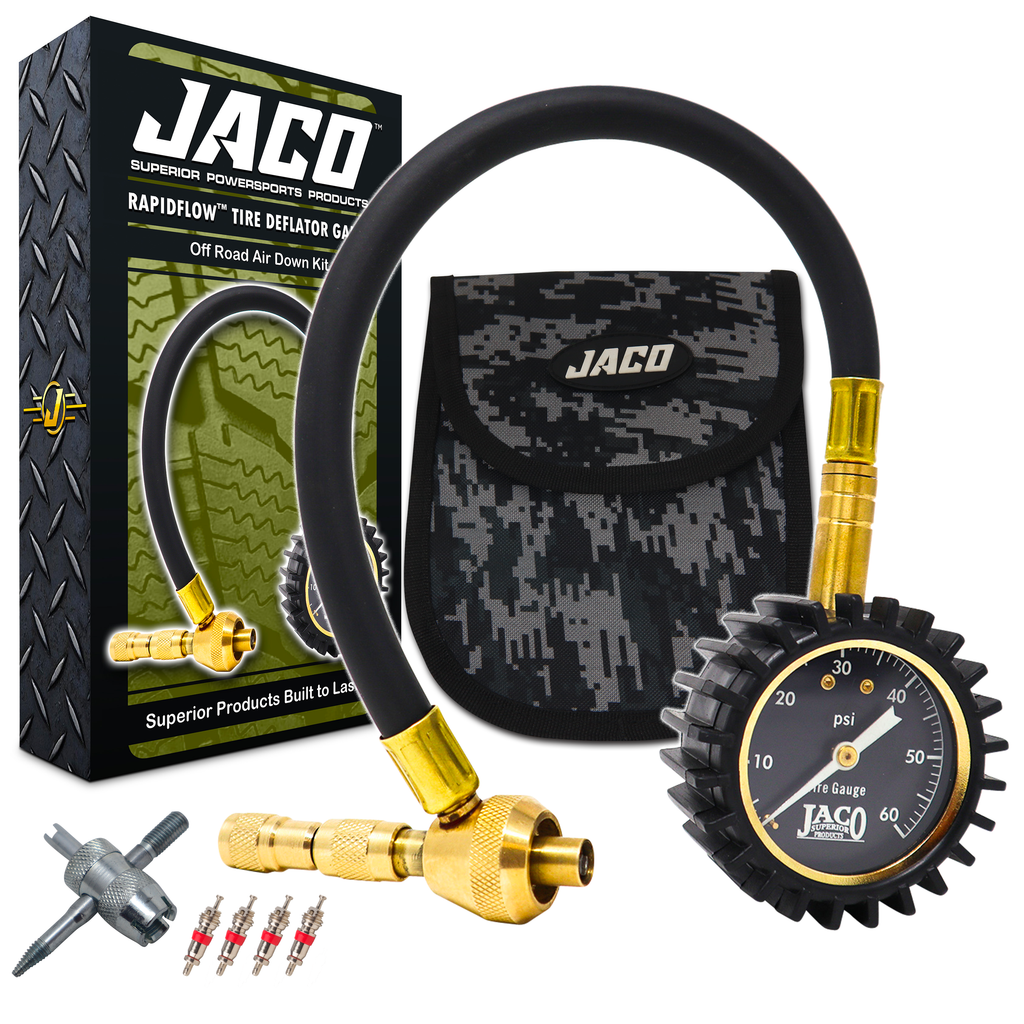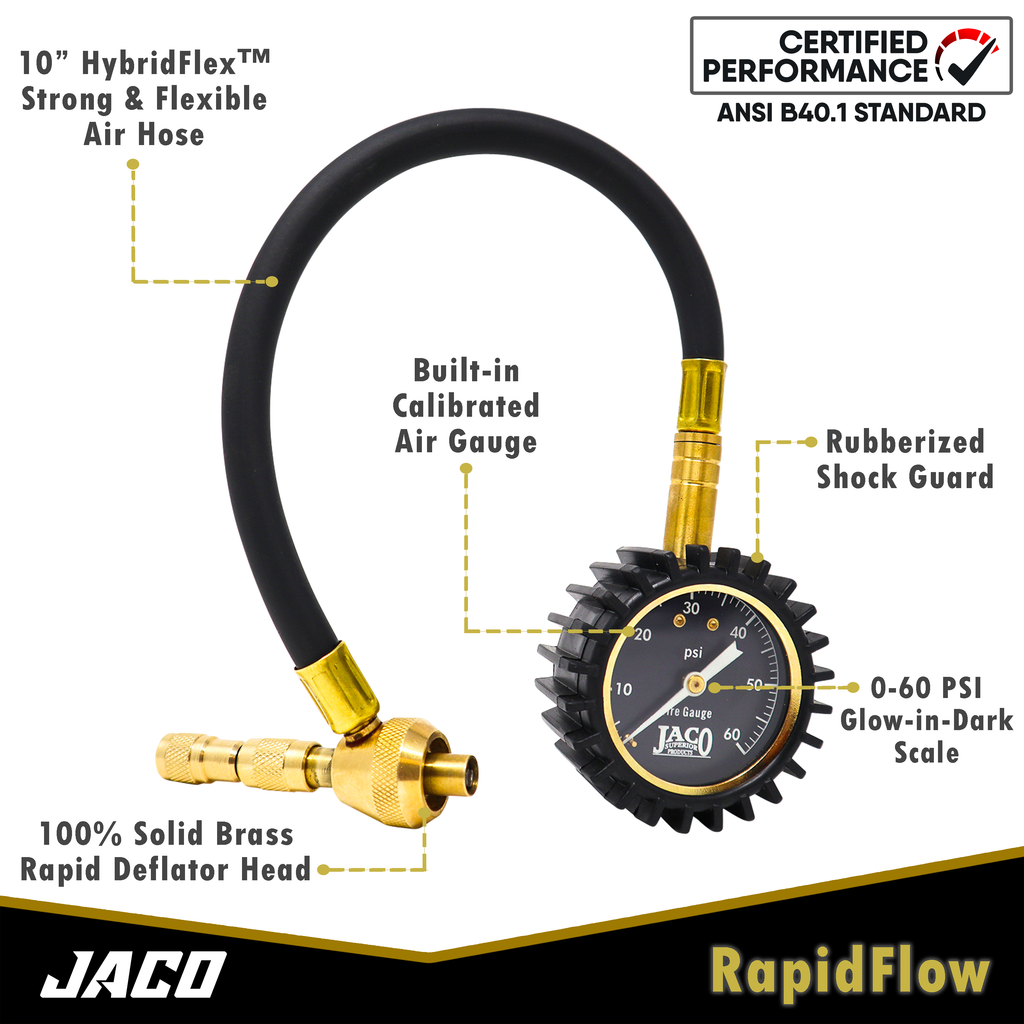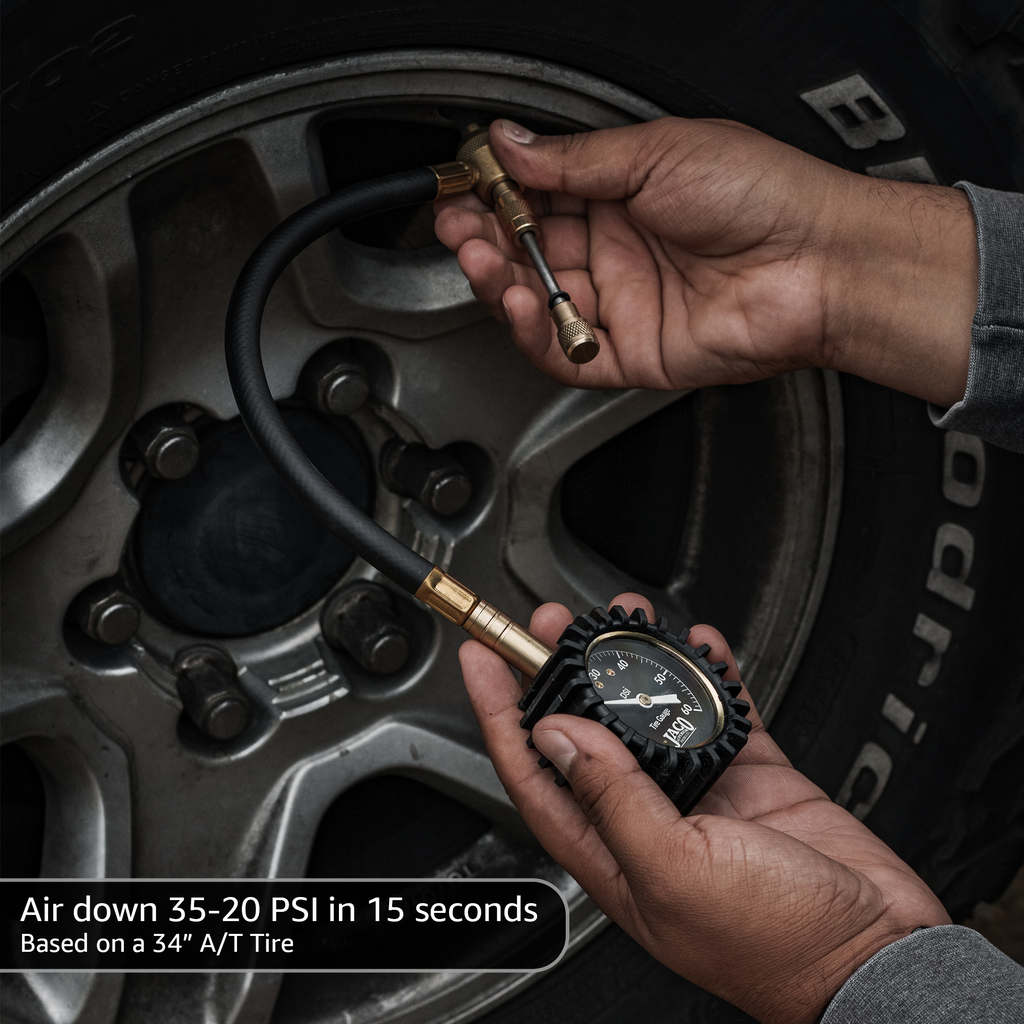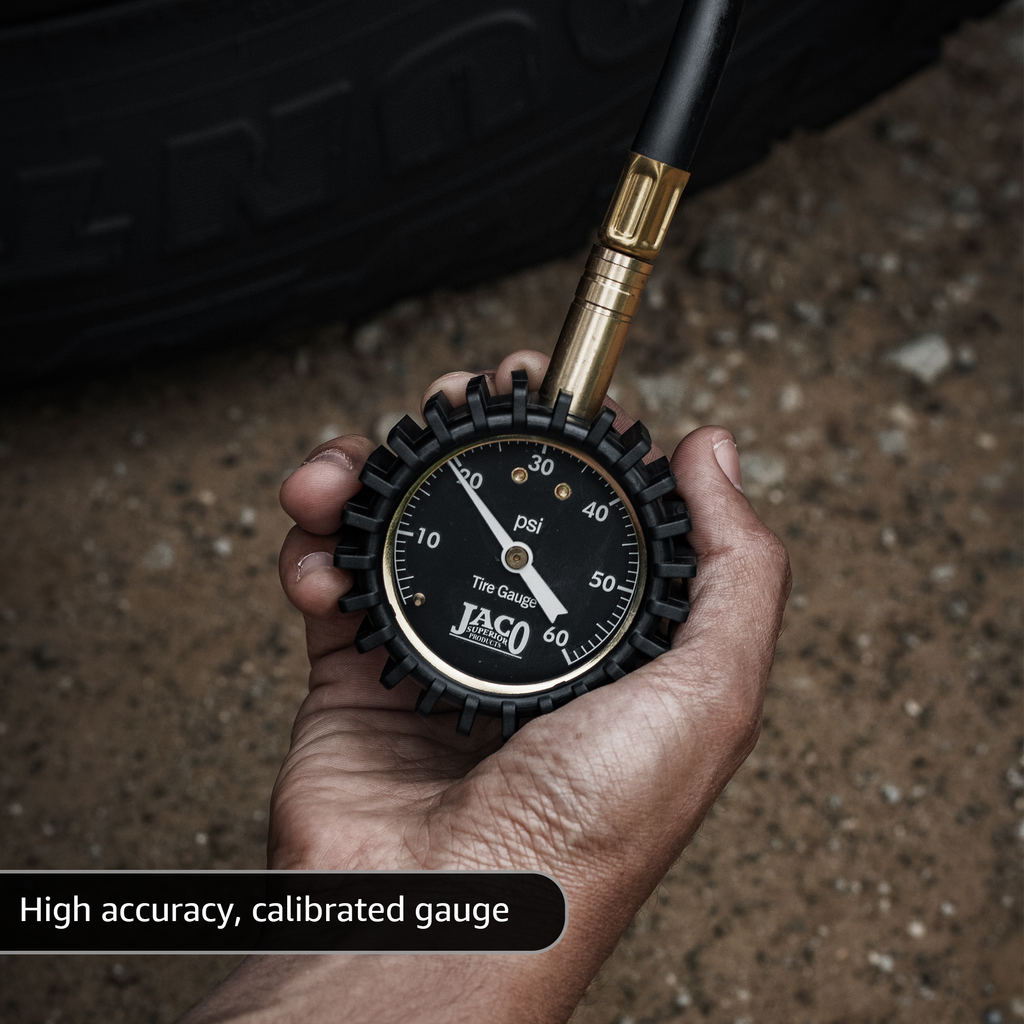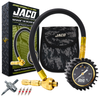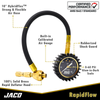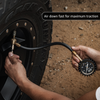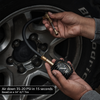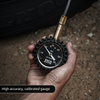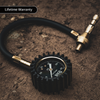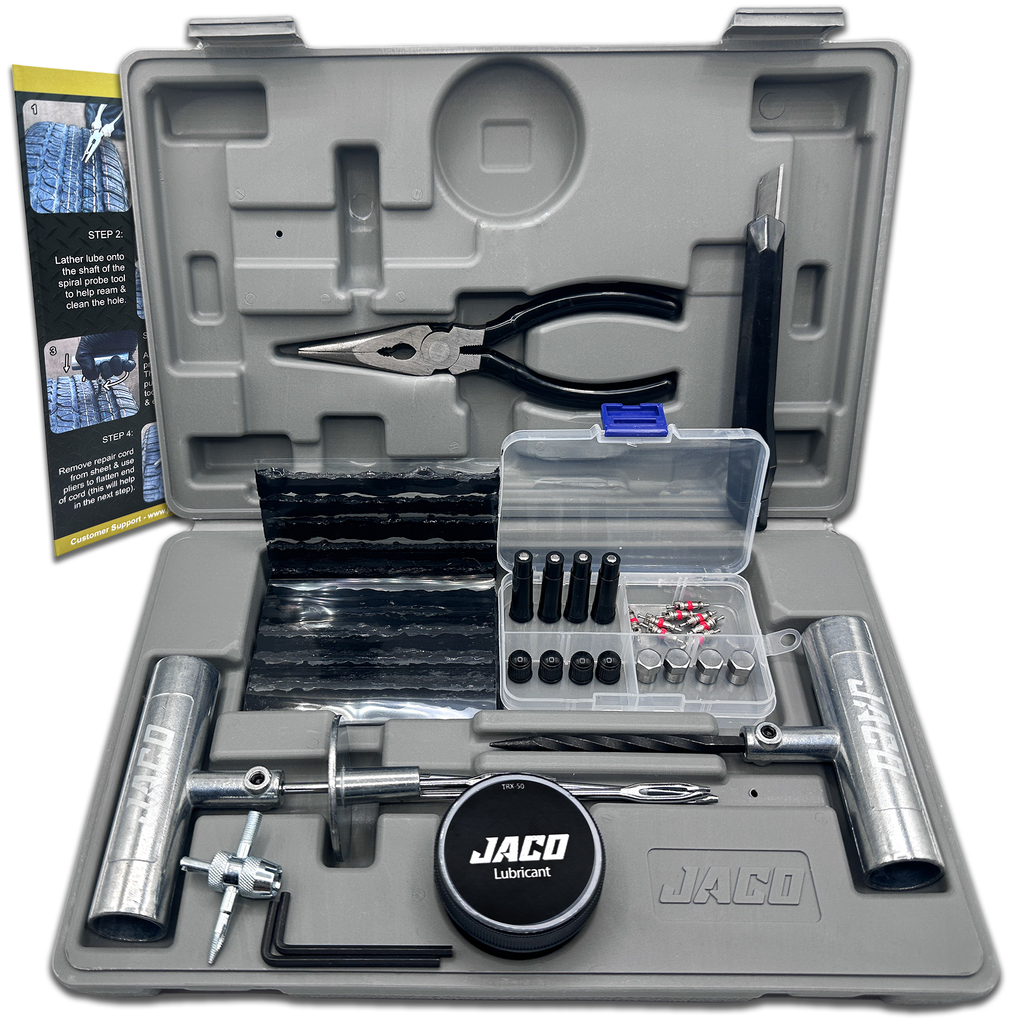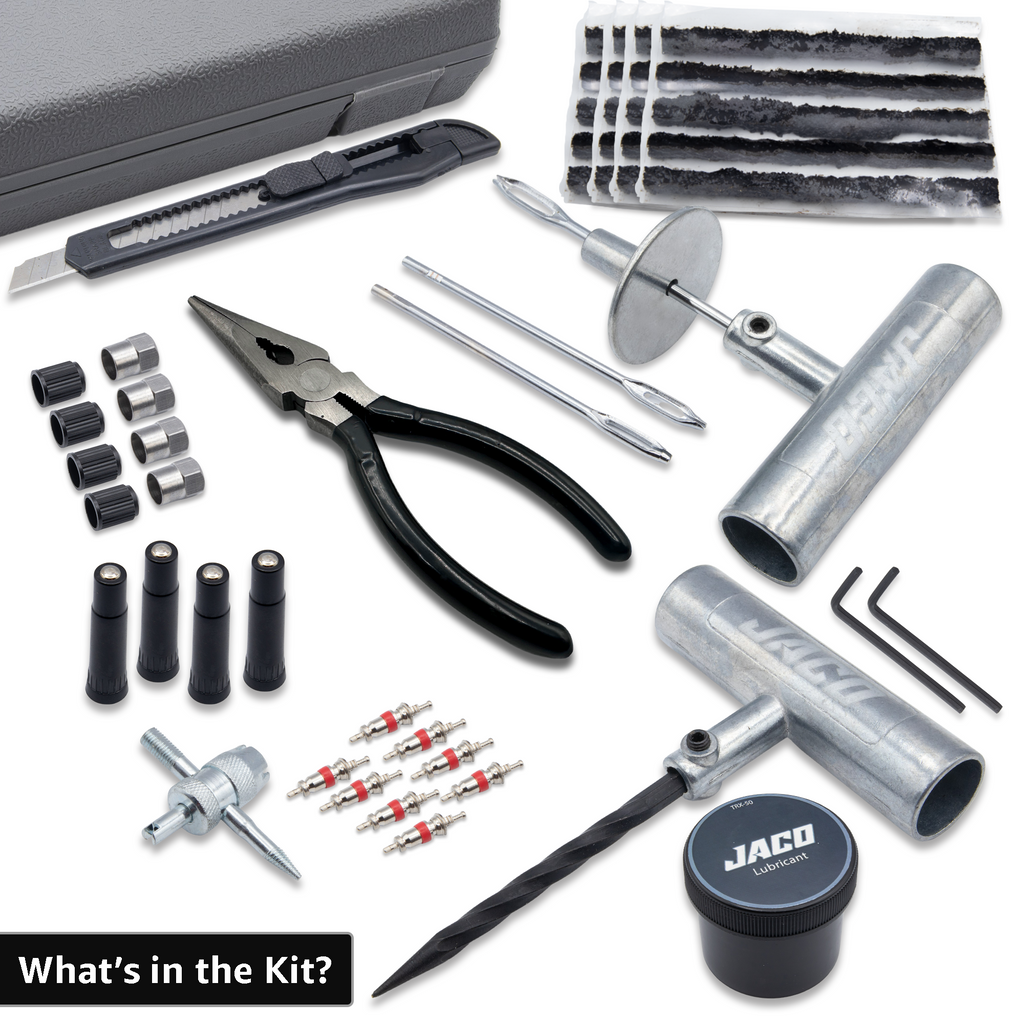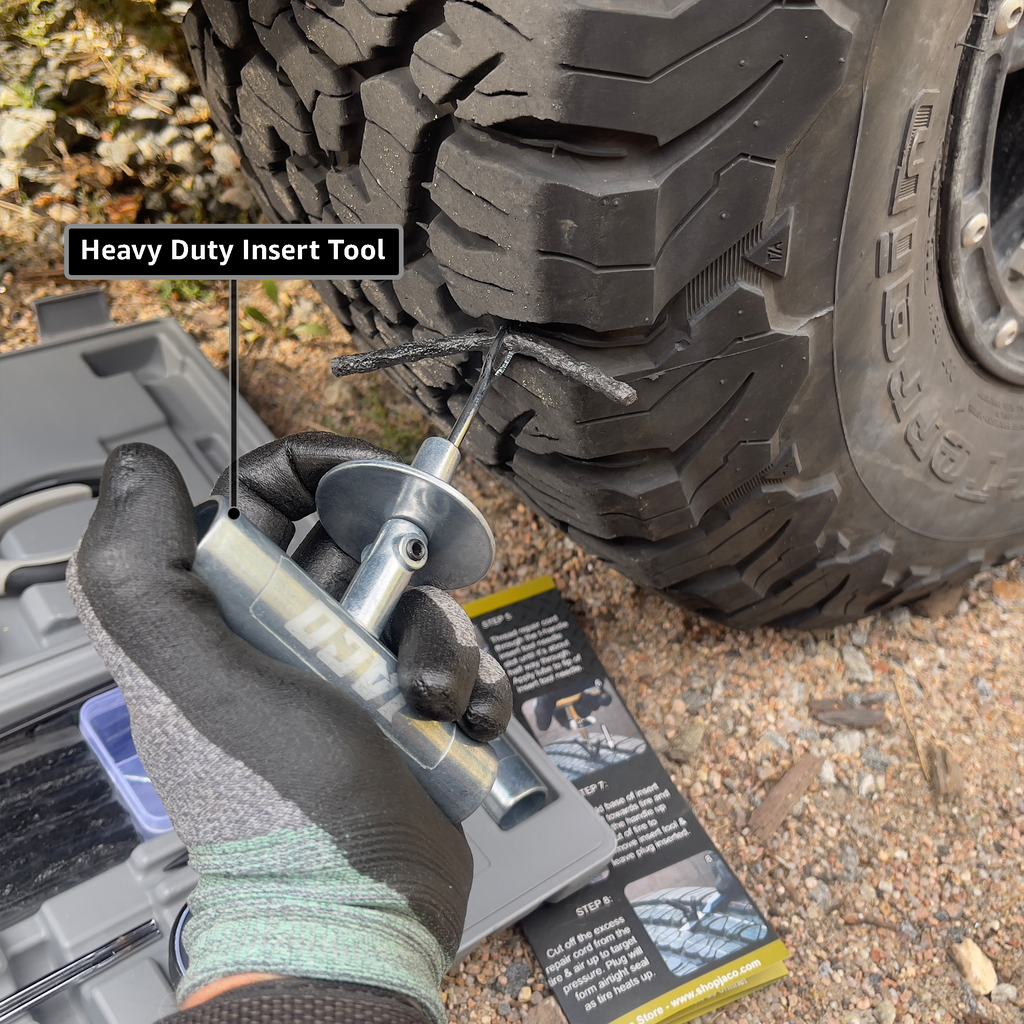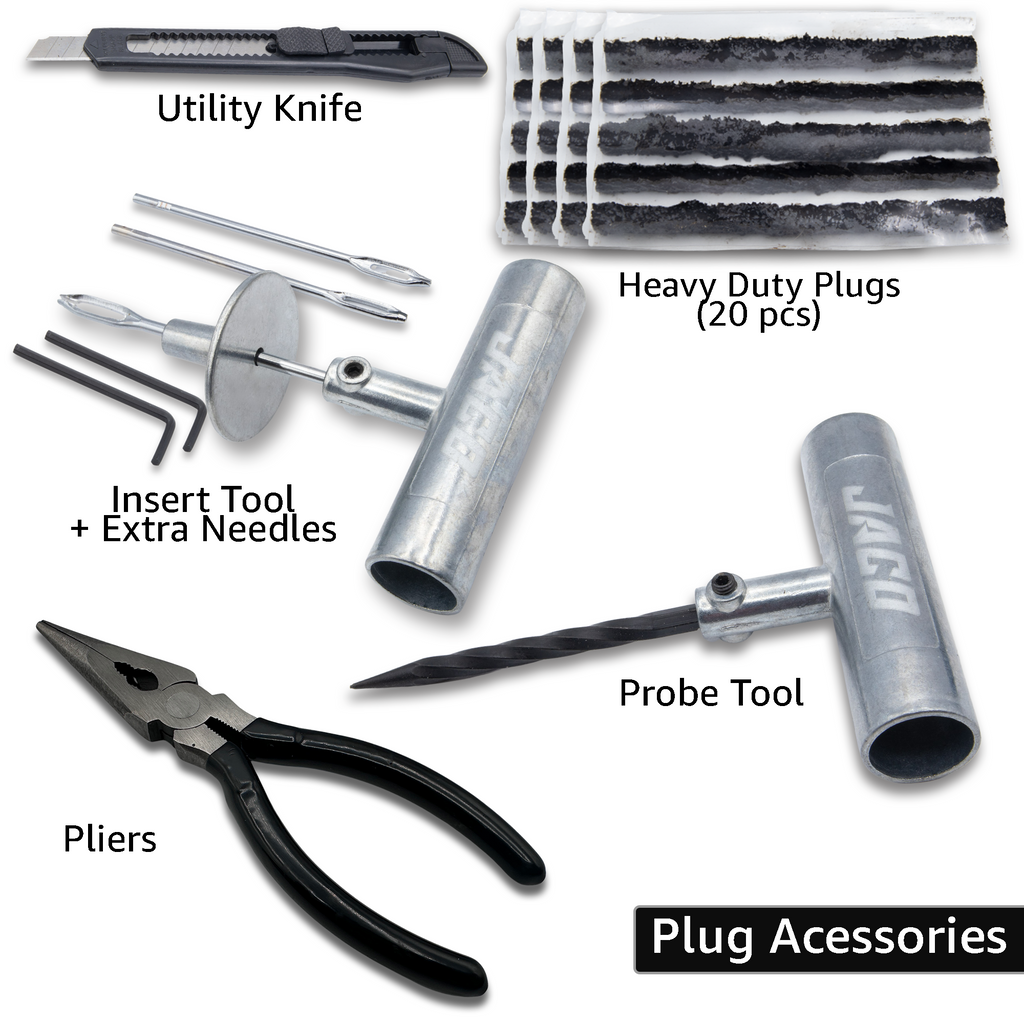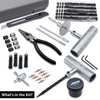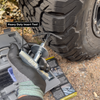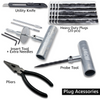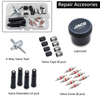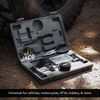Is this a recovery strap or a tow strap?
Traditionally, tow straps are made of polyester and usually have metal hooks on both ends, with little to no stretch, and should never be used for vehicle recovery. Recovery straps usually have higher stretch, closed looped end, are made of nylon, and can be used for both towing and recovery applications.
The TowPro™ is engineered from our proprietary Polyester-Nylon hybrid webbing that is made of 90% military-grade polyester and 10% high-strength nylon, making it the best all-around option that can be used as a recovery strap, winch extension, snatch strap, or tow strap. Our strong hybrid webbing offers an ultra soft feel from the premium nylon that provides 7% stretch for recovery, while maintaining the strength and durability you need from a tow strap with it's high quality polyester.
This strap is great for pulling out stuck vehicles from dirt, snow, and mud, and can be used for both recovery and towing on off-road trails.
Always check with local laws before using this strap to tow a vehicle for an extended period of time on a main road.
Is this a kinetic strap? How much does it stretch?
The TowPro™ is non-kinetic by design. However, our webbing is comprised of a Polyester (90%) and Nylon (10%) blend that adds durability, strength, and enough stretch for both towing and recovery applications. It is rated to 15% stretch to length, or 7% overall stretch (see previous question for more details).
What is the working load capacity & break strength?
The super rugged hybrid webbing of the TowPro™ is rated to 10,663 lbs working load capacity and 31,518 lbs maximum break strength. Our straps are lab tested at our industrial cargo control partner facility in Illinois - one of only a few facilities that are certified with The Association of American Railroads (AAR).
Warning: The breaking strength of the strap should be between 2-3x the total weight of the vehicle. The strap must be suited to the total weight of the lighter of the two vehicles used in the recovery process.
What strap length is best - 20 ft or 30 ft?
Both lengths are great choices for most recovery situations. In fact, it is suggested to always carry a backup recovery strap while off-roading, and many customers choose to have both sizes available. We suggest having both sizes (20 ft & 30 ft) because it keeps your options open, and when off-roading, having options always comes in handy. If you only want to buy one, and you have the space to use the longer strap, then go with the 30 foot.
It also depends on where you're riding. Out in the eastern United States, the trails are pretty tight & narrow, and it can be hard at times to get 30 feet of straight trail to pull from. If space is tight, use the 20 foot option. Out west, you usually have more space on the trails and a 30 foot strap is usually perfect.
Finally, also consider your primary use for the strap. If you want to pull someone out of the mud or snow, the extra length will give you more space to get better traction and footing during recovery.
That said, both 20 ft and 30 ft straps are great options for most recovery situations. Either way - you can't go wrong.
What is the benefit of using a strap with closed end loops?
Our Triple Reinforced closed end loops are carefully stitched to perfection during production, providing maximum safety for yourself and other during use. The closed end loops provide a 100% secure connection between the two vehicles and towing gear.
Whatever you do, never use a tow strap with metal end hooks for recovery. This creates a massive shock load on the strap and towing gear, and can get very dangerous. Metal hooks can become deadly projectiles very easily if the strap or tow points break.
Can I use this strap as an extension to my winch?
Yes, the TowPro™ works great as a winch extension. Many of our customers use it for this application.
How do I connect the strap to my vehicle?
First and foremost - NEVER hook the closed end loops of the strap over a hitch ball mount. The ball mount can easily break due to side load pressure and become a deadly projectile. This is very dangerous. We can not stress this enough!
Ideally, you want to use a d-ring shackle, soft shackle, or shackle hitch receiver secured to proper towing points on your vehicle. You can also use a clevis hook, winch, or tow hook rated for recovery.
No matter what you use, make sure that your vehicle has adequate recovery points on both the front and rear ends. Even using our industrial grade TowPro™ with the best recovery gear in the world is futile if you can’t safely hook them up to your vehicle.
Most off-roaders prefer to have two recovery points in the front of their vehicle and two in the back to keep options open. For example, if one side of your truck is buried in snow, sand, or backed into a dirt banking, you can save yourself some hassle of digging it out by just attaching the strap to the other side. Having multiple tow points also offers greater control over the direction of pull during recovery. If you need to be pulled sideways, it's more helpful to be pulling from a point closer to that direction. If you carry a Hi-Lift jack, you need to also make sure you have suitable jacking points.
Always make sure all of your recovery gear (and towing points) are rated for recovery & can handle the load they will be bearing.


